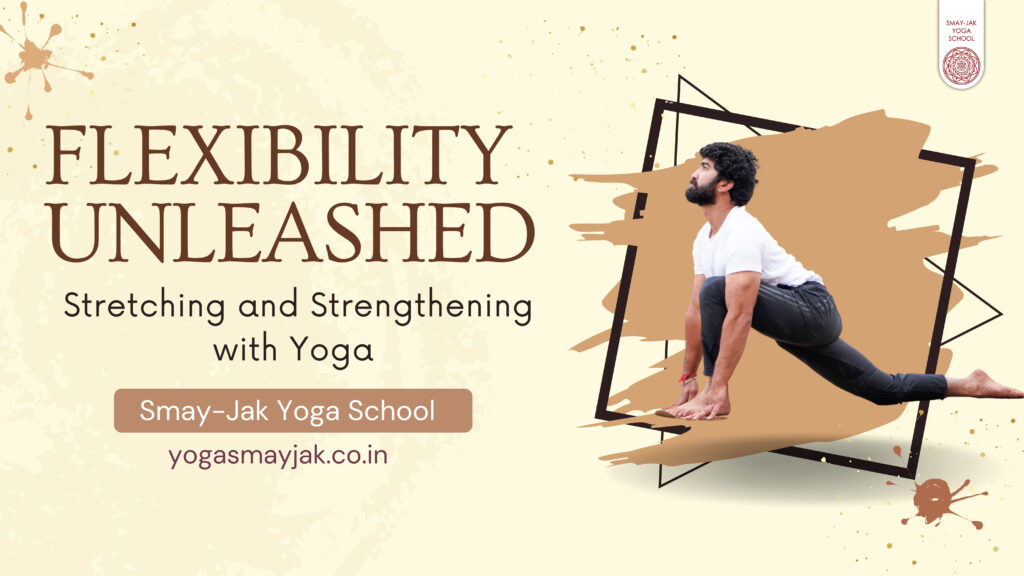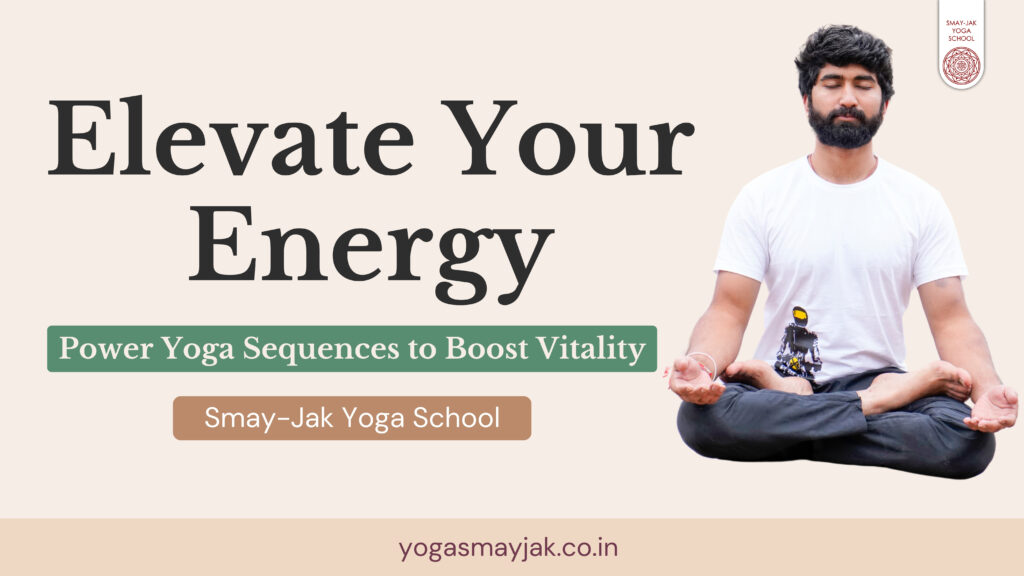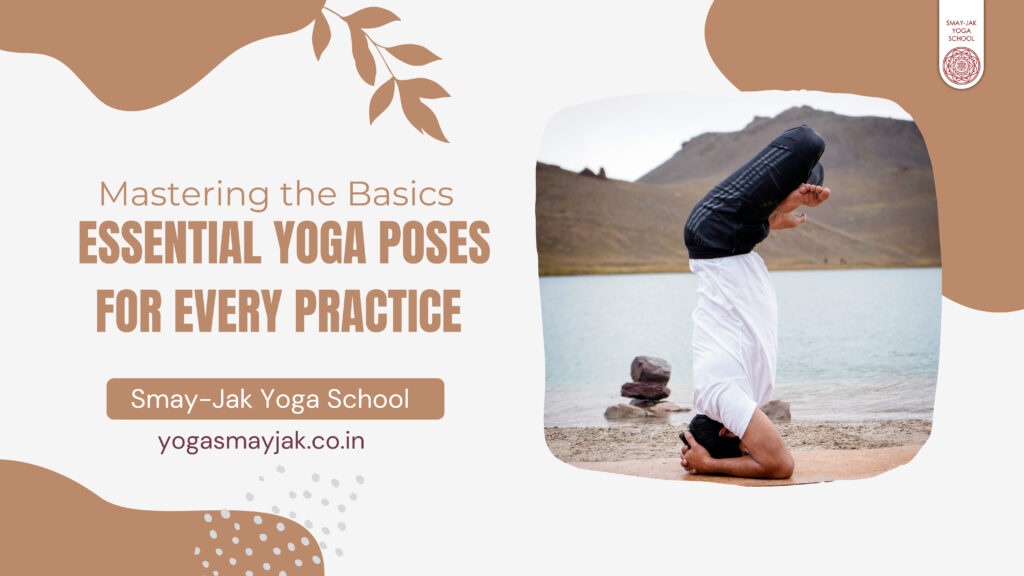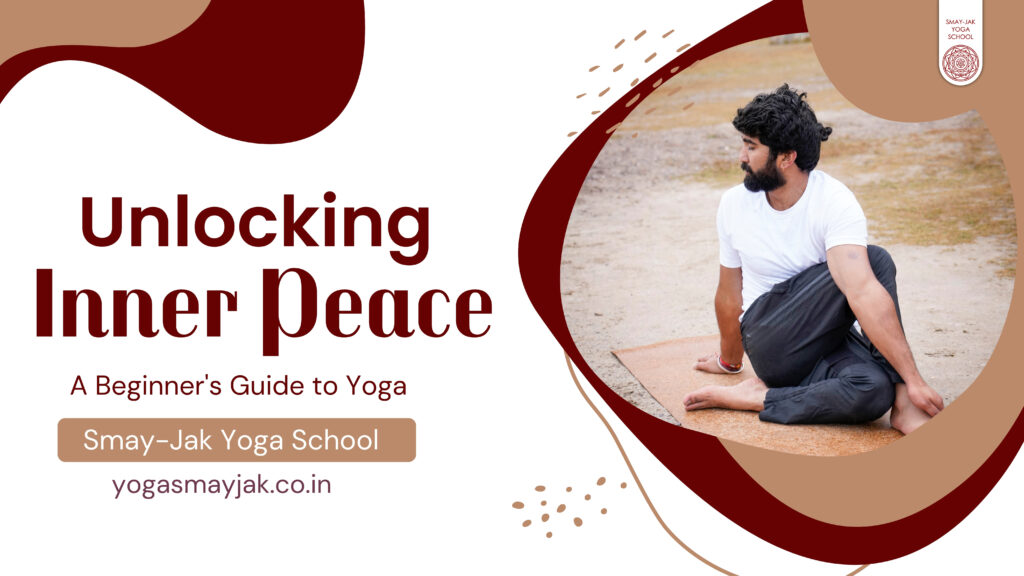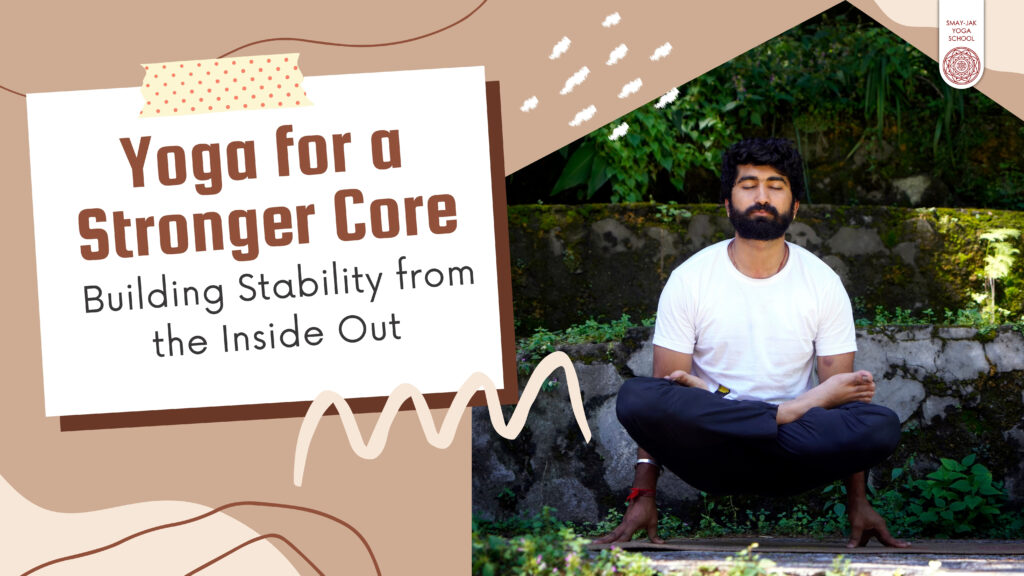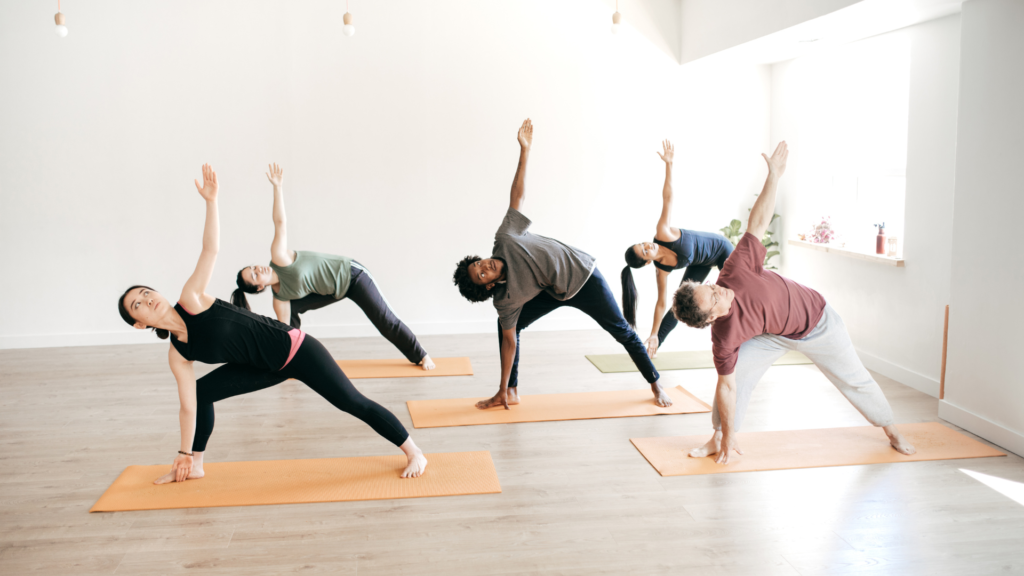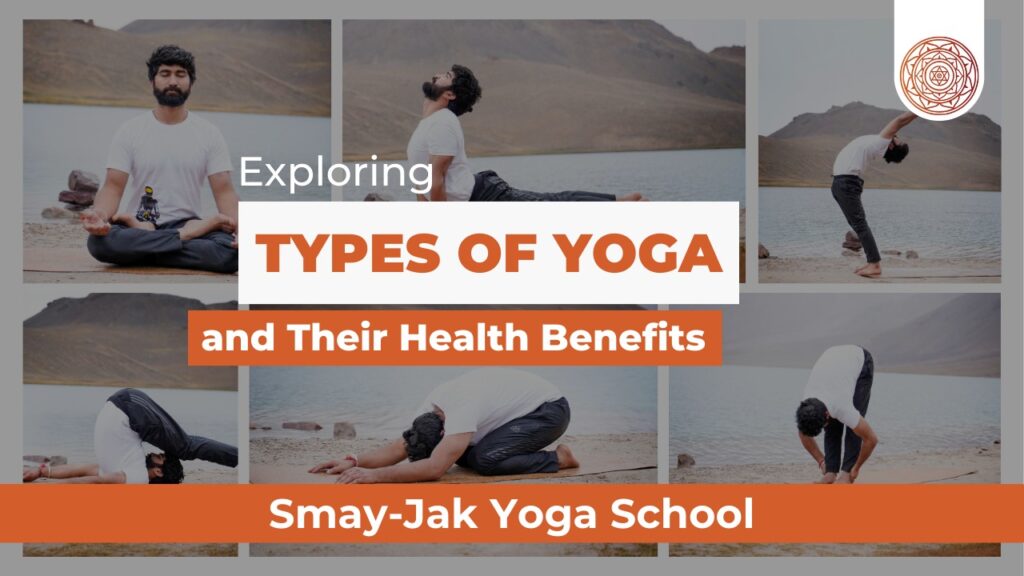Flexibility Unleashed: Stretching and Strengthening with Yoga
Health and wellness, flexibility plays a crucial role in enhancing physical performance, preventing injuries, and promoting overall well-being. Yoga, with its unique blend of stretching and strengthening exercises, offers an ideal platform for unlocking and maximizing flexibility. In this blog post, we’ll delve into the world of yoga as a tool for improving flexibility and strength, exploring how its holistic approach can unleash your body’s potential and elevate your practice to new heights. Understanding Flexibility in Yoga Flexibility is more than just being able to touch your toes; it’s about having a balanced range of motion in your joints and muscles. In yoga, flexibility is a cornerstone of practice, allowing practitioners to move with grace and ease through a variety of postures. Beyond physical benefits, flexibility in yoga also promotes mental relaxation, emotional release, and spiritual openness. By embracing flexibility on and off the mat, we can cultivate a greater sense of freedom and vitality in our lives. Stretching in Yoga Stretching is a fundamental aspect of yoga practice, helping to lengthen and release tight muscles, improve joint mobility, and enhance overall flexibility. There are various types of stretches in yoga, including dynamic stretches that involve movement, static stretches that are held for a period of time, and passive stretches where gravity assists in the stretch. Key yoga poses for stretching include Forward Fold (Uttanasana), Cobra Pose (Bhujangasana), and Pigeon Pose (Eka Pada Rajakapotasana), among others. Incorporating stretching into your yoga practice can help prevent injuries, improve posture, and promote relaxation and stress relief. Strengthening in Yoga While flexibility is important, so too is strength. Yoga offers a unique approach to strength training, using bodyweight resistance, isometric contractions, and dynamic movements to build muscle tone, stability, and endurance. Through a regular yoga practice, practitioners can target specific muscle groups and develop functional strength that supports them in everyday activities and sports performance. Key yoga poses for strengthening include Plank Pose (Phalakasana), Warrior Poses (Virabhadrasana), and Boat Pose (Navasana), among others. By balancing flexibility with strength, we create a solid foundation for optimal physical health and performance. Balancing Flexibility and Strength Finding balance between flexibility and strength is essential for a well-rounded yoga practice. While it’s important to stretch and lengthen muscles, it’s equally important to strengthen and stabilize them to prevent injury and maintain joint integrity. By incorporating both stretching and strengthening exercises into your yoga routine, you can cultivate a harmonious balance between flexibility and strength, enabling you to move with ease, stability, and grace both on and off the mat. Progressive Yoga Sequences for Flexibility and Strength To maximize the benefits of yoga for flexibility and strength, it’s helpful to follow progressive sequences that target different areas of the body and gradually increase in intensity. A typical sequence may include a warm-up to prepare the body for movement, stretching exercises to improve flexibility, strengthening poses to build muscle tone, and a cool-down to release tension and promote relaxation. Modifications and variations can be made to accommodate individual needs and abilities, allowing practitioners to progress at their own pace and level. Mindful Practice and Breath Awareness Mindfulness and breath awareness are integral components of yoga practice, enhancing both flexibility and strength. By bringing conscious awareness to each movement and breath, we deepen our connection to the present moment and cultivate a sense of inner peace and presence. Mindfulness helps us to tune into our bodies, listen to our intuition, and honor our limitations without judgment or attachment. Incorporating breathwork techniques, such as Ujjayi breath and Dirga breath, can further enhance the benefits of yoga by calming the mind, regulating the nervous system, and promoting relaxation. Real-Life Applications and Benefits The benefits of improved flexibility and strength from yoga extend far beyond the mat. In everyday life, increased flexibility and strength translate into greater ease and efficiency in movement, reduced risk of injury, and enhanced overall well-being. Whether it’s lifting groceries, playing with children, or pursuing athletic endeavors, the functional strength and flexibility gained from yoga empower us to live life to the fullest. By embracing yoga as a holistic approach to health and fitness, we can unleash our body’s potential and embark on a journey of self-discovery, empowerment, and transformation. Conclusion Flexibility and strength are not just physical attributes; they are reflections of our inner resilience, adaptability, and vitality. Through the practice of yoga, we have the opportunity to cultivate both qualities, unlocking our body’s innate potential and unleashing our spirit’s true essence. By embracing flexibility and strength on and off the mat, we can move through life with grace, resilience, and ease, empowered to face whatever challenges come our way. So roll out your mat, breathe deeply, and let the journey begin. Flexibility awaits, strength beckons—embrace them both, and watch as your practice—and your life—soars to new heights.
Flexibility Unleashed: Stretching and Strengthening with Yoga Read More »
